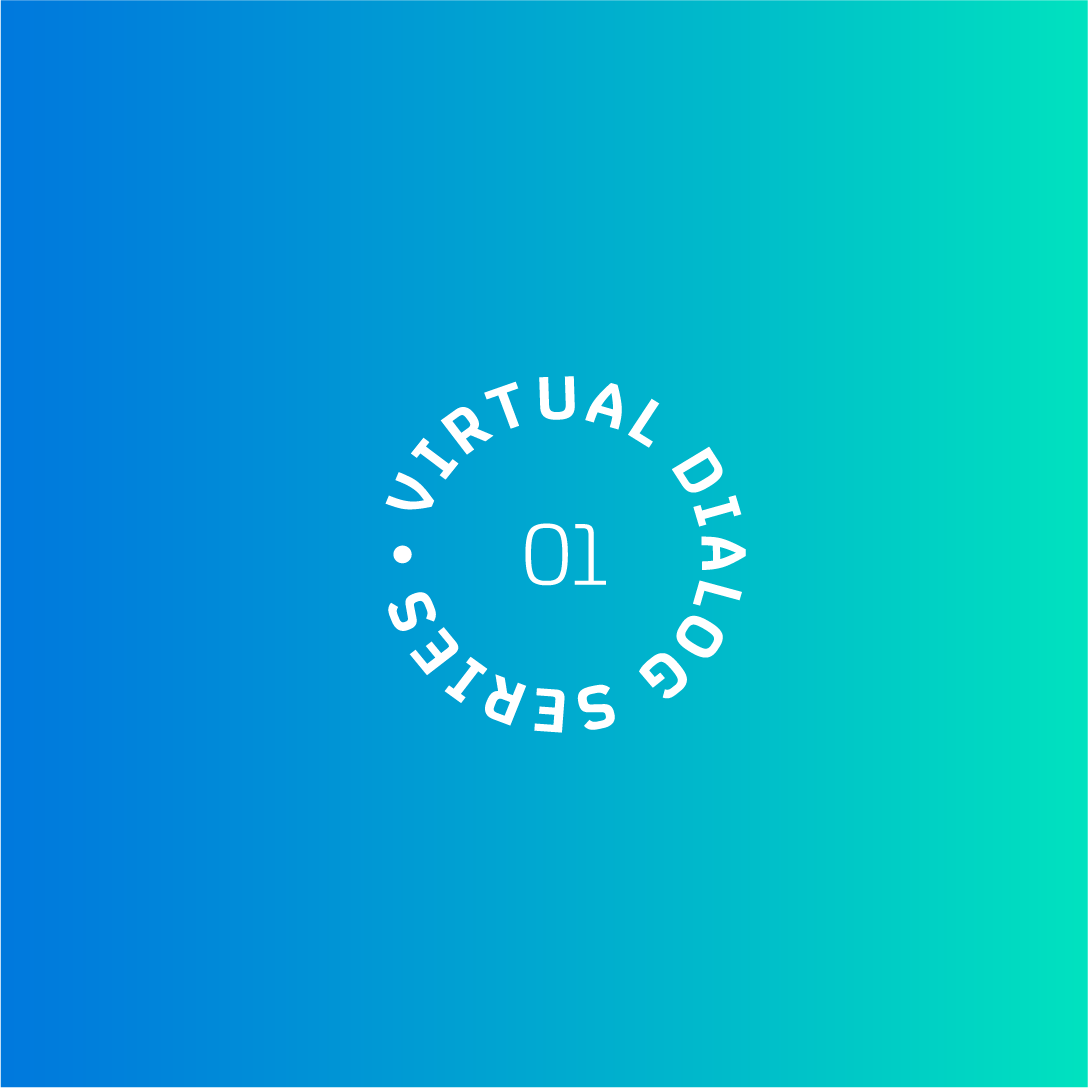First Virtual Dialog
Servitisation to deploy energy efficiency: As a service models in the European environment
Context
AGORIA, ANESE, BASE and EIT Innoenergy are hosting the first Virtual Dialog “Servitisation to deploy energy efficiency: As a service models in the European environment” as part of the Efficiency as a Service (EaaS) Initiative on 8 July 2021, 3:30 pm CET time.
Although energy-efficient technologies are available and their economic benefits are clear, there are strong market barriers that prevent these from being deployed, including high up-front costs, perception of greater performance risk, and conflicting investment priorities.
The servitisation business model overcomes these barriers. It presents an effective way to accelerate the investments in energy-efficiency needed to deliver the Paris Agreement goals for achieving a low-carbon economy, while also helping the economy to recover faster from the COVID-19 pandemic and enabling a circular economy.
Content
- Insight on servitisation and its benefits from the Advanced Servitization Group.
- Perspectives from technology providers: Light as a Service, Heat as a Service, and Cooling as a Service, how to implement the servitisation business model and the value for the markets.
- Perspectives from financiers: insights on financing energy efficiency, the green and circular economy and the role that servitisation can play in this sphere.
Who should attend?
- Business and building managers who want to understand how clean and efficient technology solutions can be accessed without purchasing the equipment.
- Equipment manufacturers who want to learn how to increase their project portfolio by leveraging this business model (transitioning from selling products to selling services).
- Financial institutions interested in the model and the opportunities offered by the financing of these technologies.
